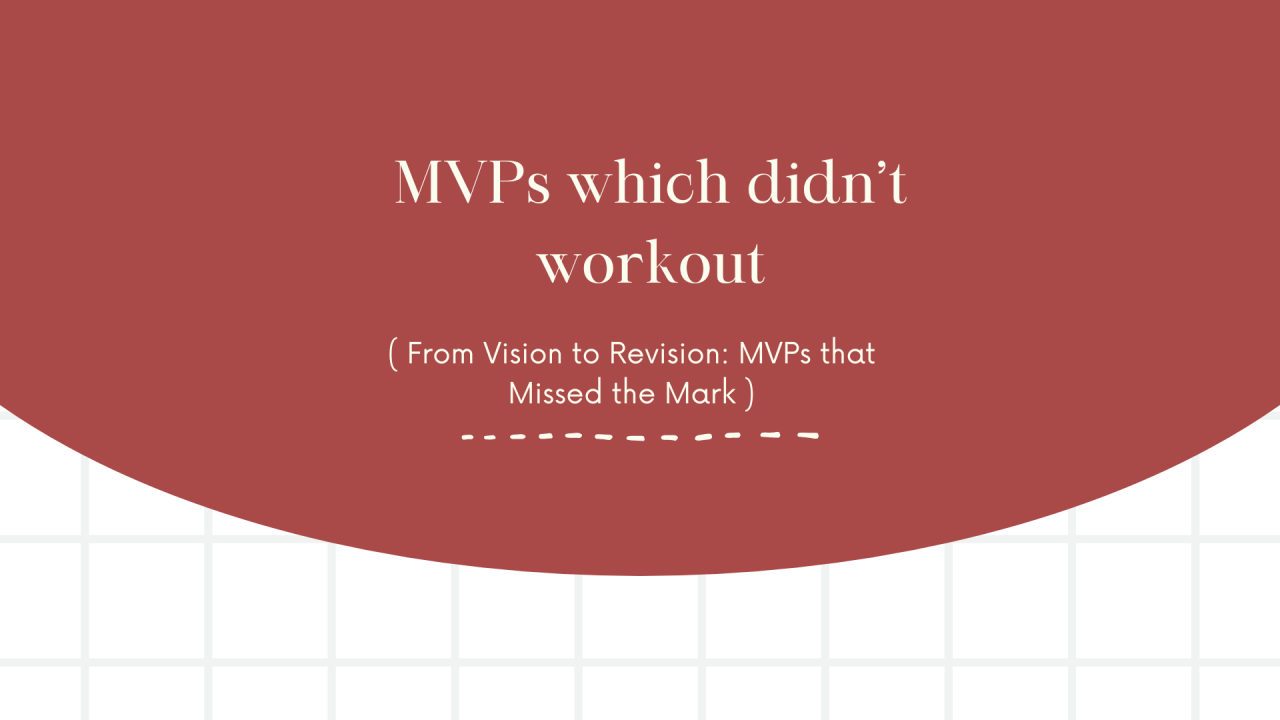Not Every Innovation Wins: The MVP Mistakes Startups Keep Making

Walking into a supermarket and stumbling upon weird yet cool products—it's something we've all done. Be it a coconut scraper, a mini roti maker, or a glow-in-the-dark diya stand…, these items often make their way into our carts on a whim. The rush of impulse buying fuels demand for quirky, unnecessary products, giving rise to a market where even the most bizarre ideas can find a temporary home.
This pattern isn’t limited to supermarket aisles. It happens in the startup world too. Many companies launch an MVP (Minimum Viable Product)—a basic version of a product—to test the market. Some MVPs hit the jackpot, evolving into massive successes (like Instagram starting as a check-in app before pivoting to photos). Others, however, crash and burn, much like those impulse buys that gather dust in our homes.
Impulse Demand vs. Sustainable Demand
Impulse-driven markets thrive on novelty. Consumers buy based on curiosity rather than necessity. This explains why products like fidget spinners, selfie sticks, and As Seen on TV gadgets skyrocket in sales—only to fade into obscurity. Startups often fall into the same trap. They launch MVPs that generate initial hype but lack long-term appeal.
However, not all consumers are the same. Some focus on practicality and long-term value rather than impulse purchases. For example, while a large portion of the market may be drawn to flashy, short-lived trends, another segment prioritizes durability, functionality, and necessity. Startups that misjudge their audience—believing that novelty alone will sustain their product—often struggle when the hype dies down.
Some products fail not because they lack innovation, but because they misunderstand user needs.
Google Glass was a $1,500 augmented reality headset that felt more awkward than practical, with privacy concerns and the "Glasshole" stigma sealing its fate. Just because something is futuristic doesn’t mean people will use it.
Juicero over-engineered a simple task, selling a $400 WiFi-connected juicer for pre-packaged juice pouches—until people realized they could just squeeze them by hand. If a product doesn’t improve on existing solutions, it won’t last.
Quibi misunderstood how people consume content, betting on 10-minute high-production videos. But users either wanted quick, casual TikTok clips or full-length Netflix-style content, not something in between. It folded in six months.
Amazon Fire Phone introduced flashy 3D features but lacked any real reason for users to switch from Apple or Samsung, leading to a $170 million failure. The key lesson? Innovation alone isn’t enough—products must solve real problems and fit seamlessly into users’ lives.
Common Patterns in MVP Failures
A lot of MVPs fail because of the same avoidable mistakes. Skipping customer validation is a big one—assuming “we know best” without actually checking if people want the product. A simple survey or a few user interviews could save a ton of time and money. Then there’s misaligned value propositions—focusing too much on features instead of what actually matters to users. People don’t buy features; they buy solutions to their problems. And finally, ignoring iterative testing is where things really go wrong. Treating an MVP as a final product instead of a learning process leads to wasted effort. The smarter approach? Build, test, tweak, repeat. An MVP isn’t just about launching fast—it’s about launching right.
Final Thoughts
At the end of the day, the difference between a fleeting trend and a lasting product comes down to real value. Just like impulse buys in a supermarket, many startups launch with excitement but fade away when the novelty wears off. The key to long-term success isn’t just innovation—it’s understanding user needs, validating demand, and continuously improving based on real feedback. The best products aren’t just cool; they’re useful, solving problems in ways that truly fit into people’s lives. Startups that get this right don’t just make a splash—they stay afloat.
